Living in a place where eyelashes freeze and parking lots need electrical outlets might sound like a fairy tale gone wrong. Yet across Canada’s vast landscape, communities don’t just survive the extreme cold – they’ve made it their normal way of life. These aren’t just towns on a map; they prove that humans can adapt to almost anything, even temperatures that make penguins shiver.
Let’s explore these remarkably resilient communities where winter parkas are formal wear, and ‘it’s a bit chilly’ means something entirely different than it does anywhere else.
Eureka, Nunavut, Canada
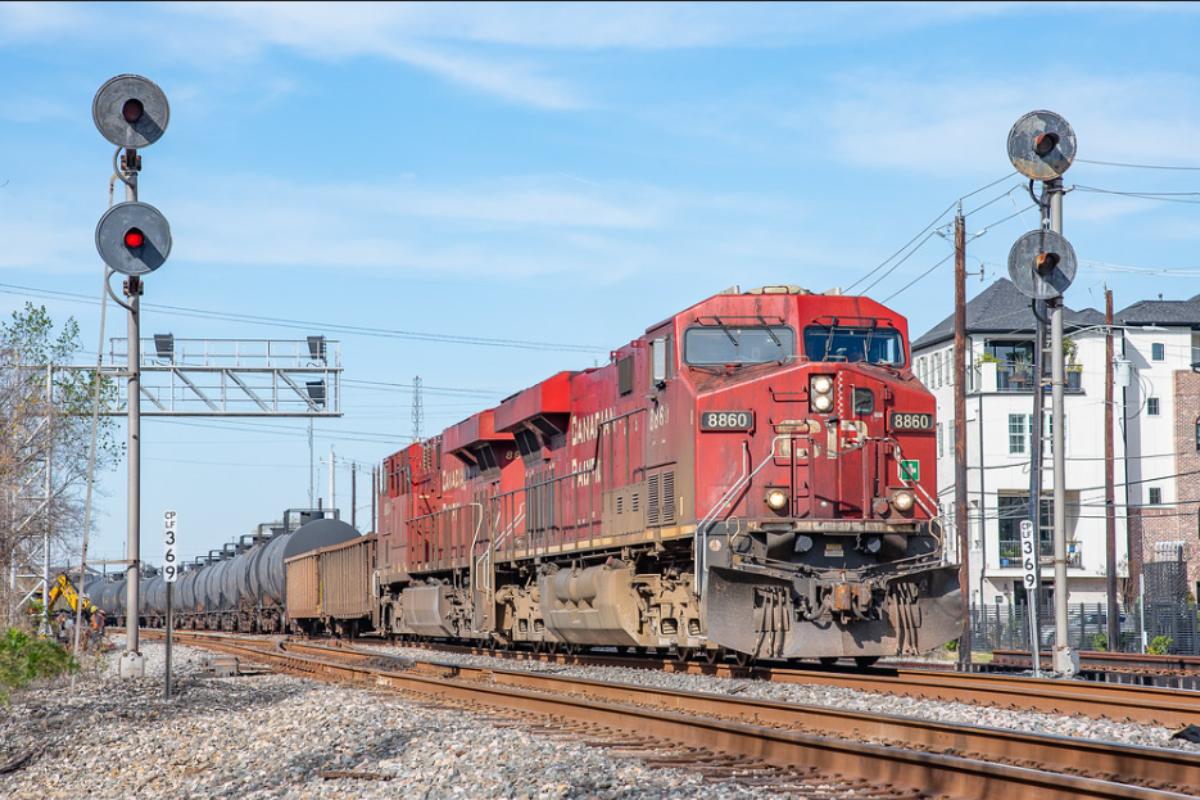
Sitting at the top of the world, Eureka makes other cold places look tropical. Home to a handful of hardy souls operating a weather station, this research outpost regularly sees temperatures drop to -40°C in winter. The small crew here celebrates when the temperature rises above freezing, which happens about as often as a palm tree grows in the Arctic.
Station staff have developed indoor entertainment traditions, including monthly movie nights where everyone has seen every film at least ten times.
Alert, Nunavut, Canada
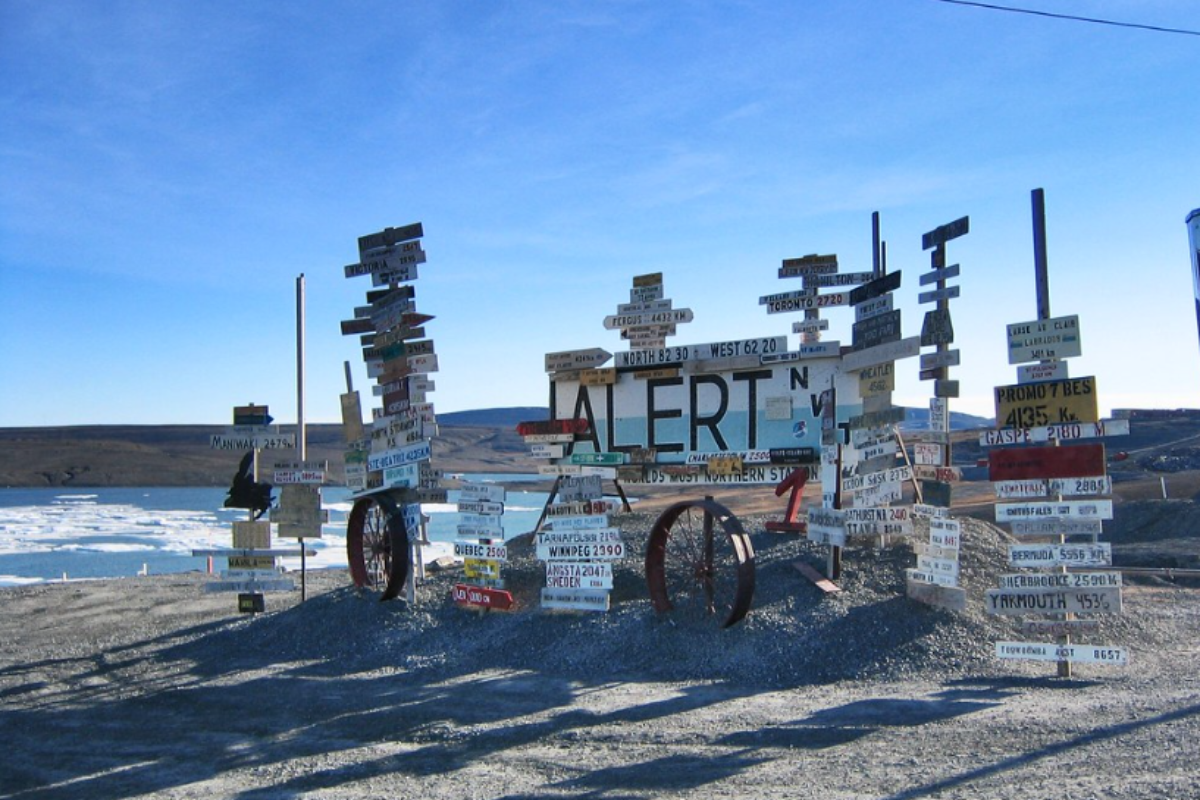
Alert, the northernmost permanently inhabited place in the world, gives new meaning to ‘social distancing.’ This military and research base hosts around 75 people who brave winter temperatures reaching -50°C. Residents joke that they don’t need freezers for their ice cream – any windowsill works fine.
The sun disappears for several months yearly, making this town darker than your average mystery novel.
Like Travel Pug’s content? Follow us on MSN.
Resolute, Nunavut, Canada
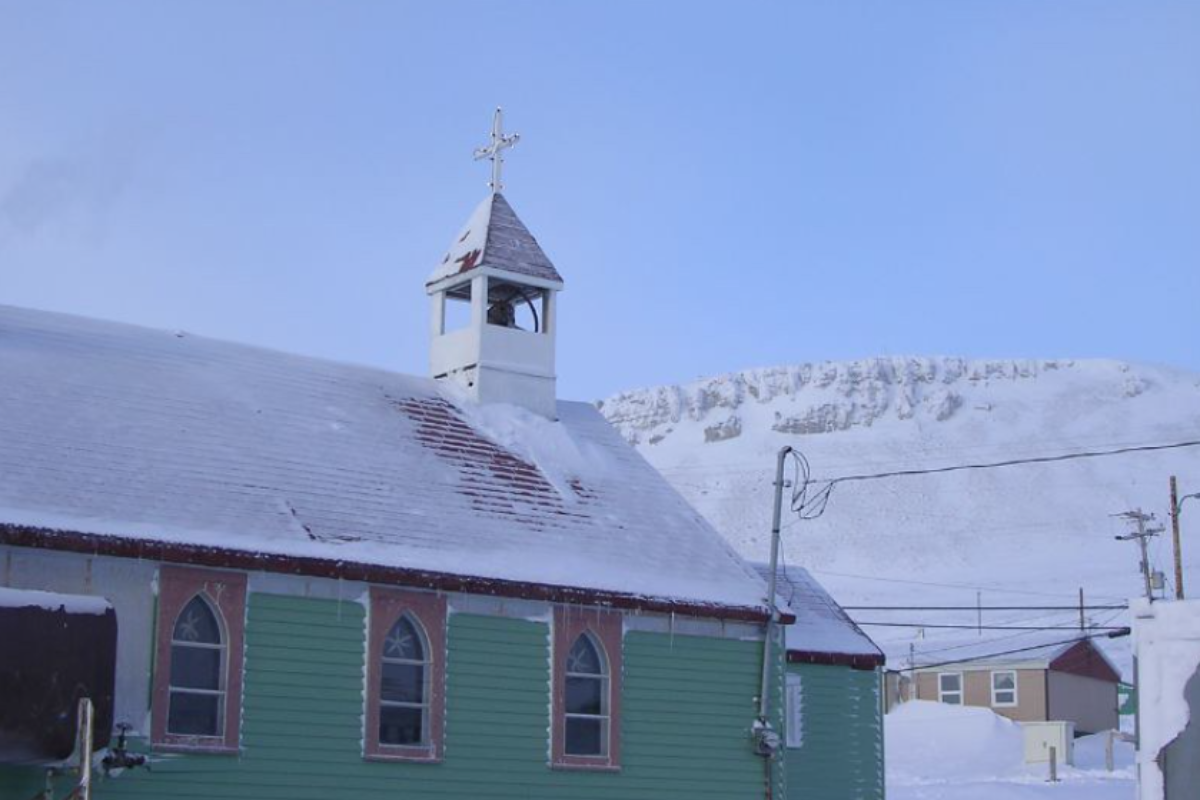
This tiny hamlet of about 200 people laughs in the face of -50°C temperatures like it’s just another Tuesday. Locals have mastered the art of living where the sun plays hide and seek for months. The community store stocks up on supplies during the brief summer shipping season, making inventory management more crucial than a game of Tetris.
Most residents can tell you exactly how many steps it takes to reach any destination – useful when blizzards reduce visibility to arm’s length.
Inuvik, Northwest Territories, Canada
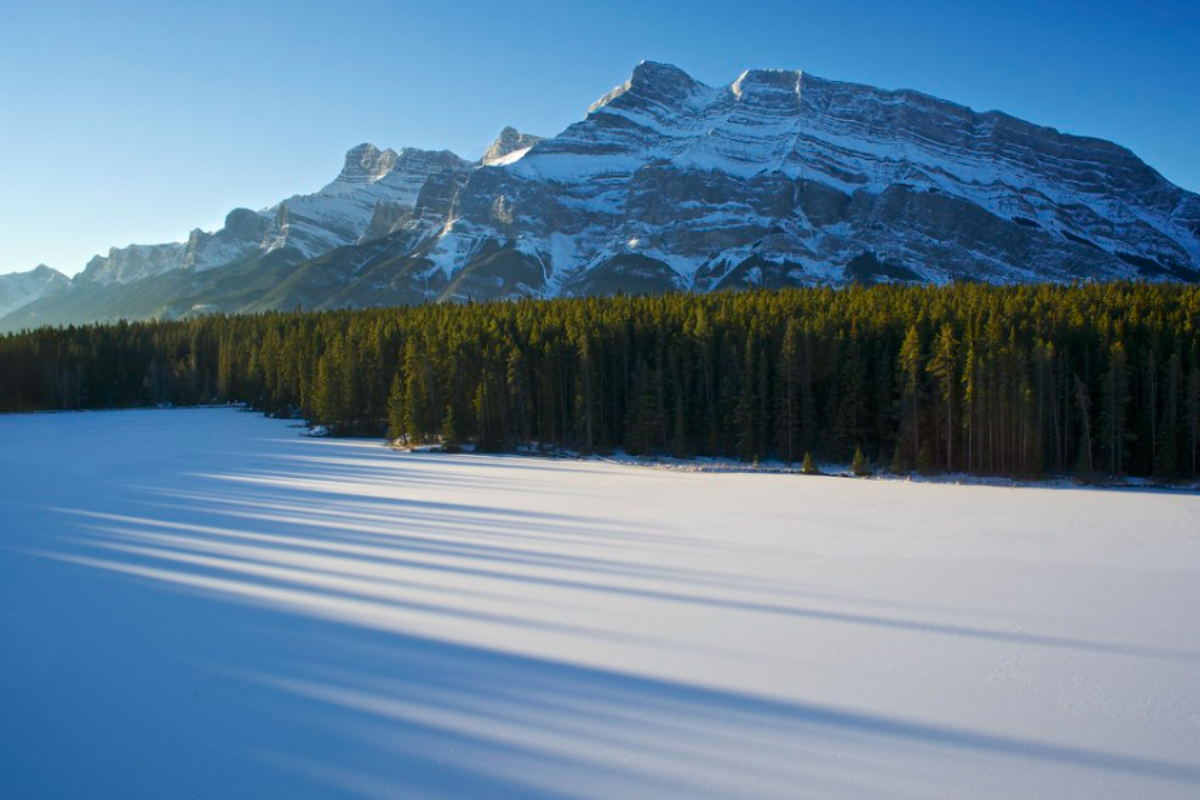
Connected to the rest of Canada by an ice road that would make action movie directors jealous, Inuvik’s 3,000 residents have built a remarkably modern life in the extreme north. The town features heated underground passages called ‘utilidors’ that carry water and sewage lines, proving that human innovation knows no temperature limits.
Local kids think nothing of playing outside in -30°C weather, bundled up like colorful walking marshmallows
Iqaluit, Nunavut, Canada
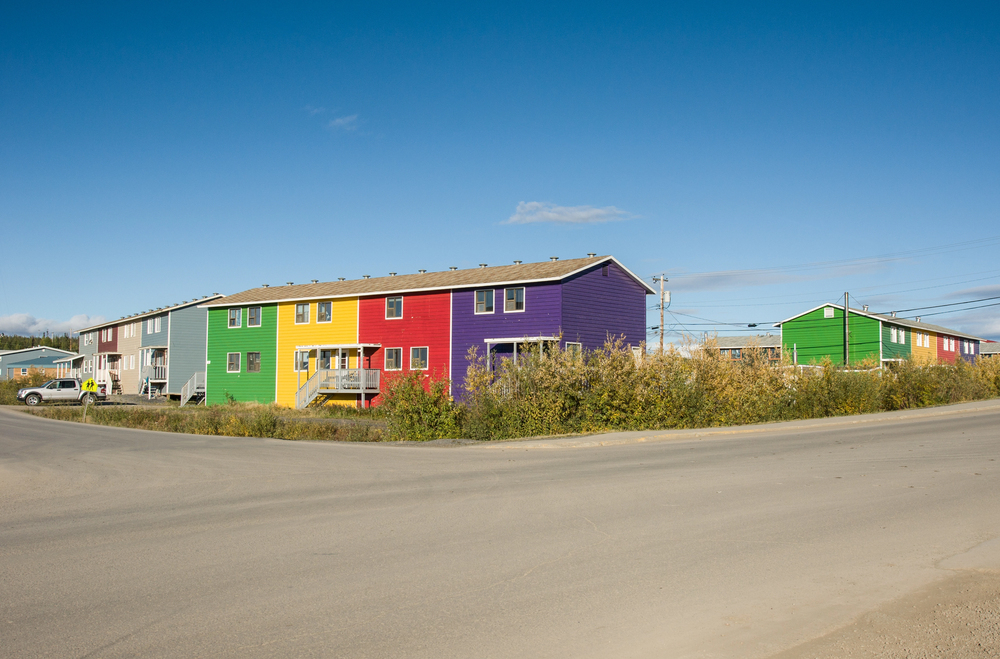
The capital city of Nunavut shows that government business can function even at -40°C. Home to about 7,700 people, Iqaluit residents have perfected the art of remote living where groceries cost more than some car payments down south. The local airport is busier than expected, serving as a crucial lifeline when the bay freezes and ships can’t deliver supplies.
Modern buildings here are raised on stilts to prevent heat from melting the permafrost below.
Like Travel Pug’s content? Follow us on MSN.
Yellowknife, Northwest Territories, Canada
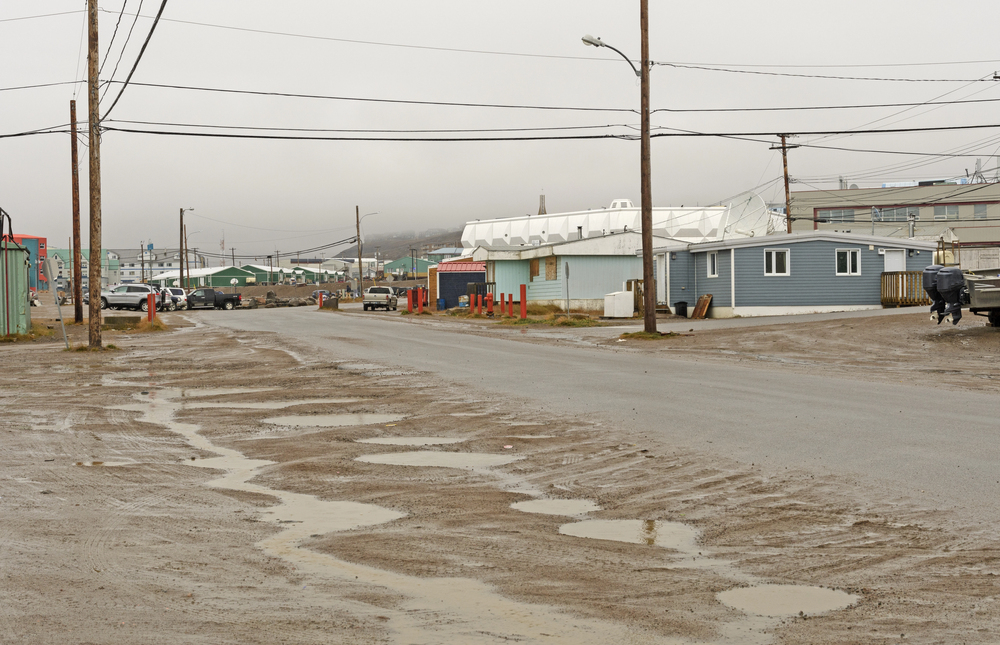
The capital of the Northwest Territories puts the ‘knife’ in the cold, with winter temperatures regularly slicing down to -40°C. About 20,000 people call this place home, making it practically a metropolis by northern standards. The city’s famous ice road truckers navigate frozen highways that would make most southern drivers need a change of underwear.
Downtown parking spots come with electrical outlets, not charging phones but keeping car engines from freezing solid.
Thompson, Manitoba, Canada

This nickel mining town shows that -40°C is no barrier to industry. Around 13,000 residents have mastered the art of remote living while keeping the mining operations running year-round. Local mechanics are practically magicians, knowing exactly how to coax frozen engines back to life.
The town’s indoor shopping center isn’t just for shopping – it’s where people go for their daily walk when the weather outside is frightful.
Baker Lake, Nunavut, Canada
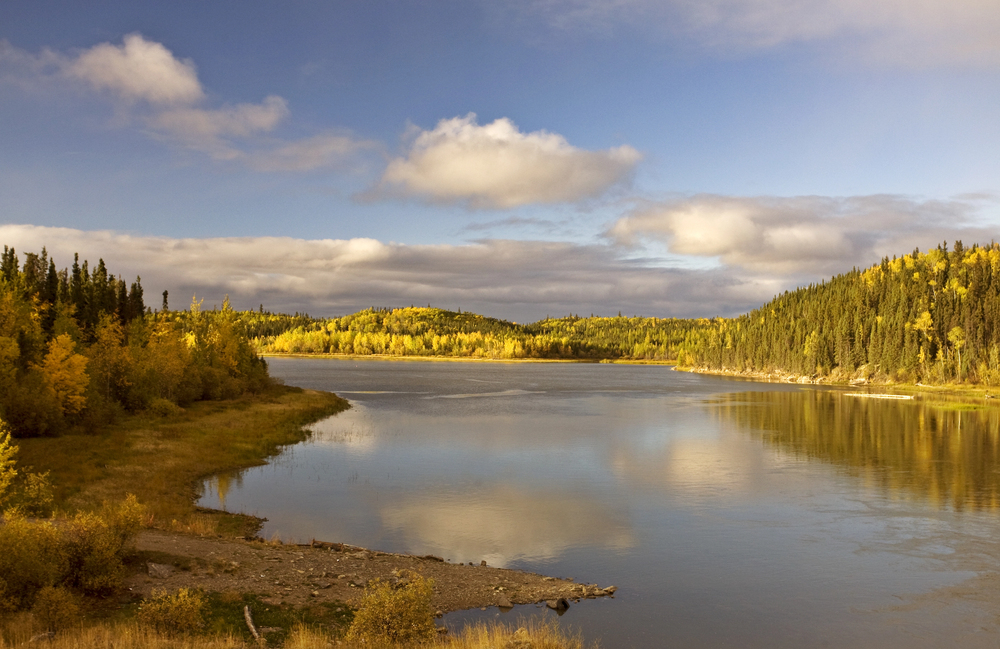
This community of 2,000 is located in the middle of Nunavut, which proves that geographical centers can be extremely cold. The local hobby of ice fishing takes on new meaning when the lake is frozen solid for most of the year.
Residents have developed hand signals for communicating during whiteouts, and everyone knows which hills provide the best shelter from the arctic wind.
Like Travel Pug’s content? Follow us on MSN.
Churchill, Manitoba, Canada
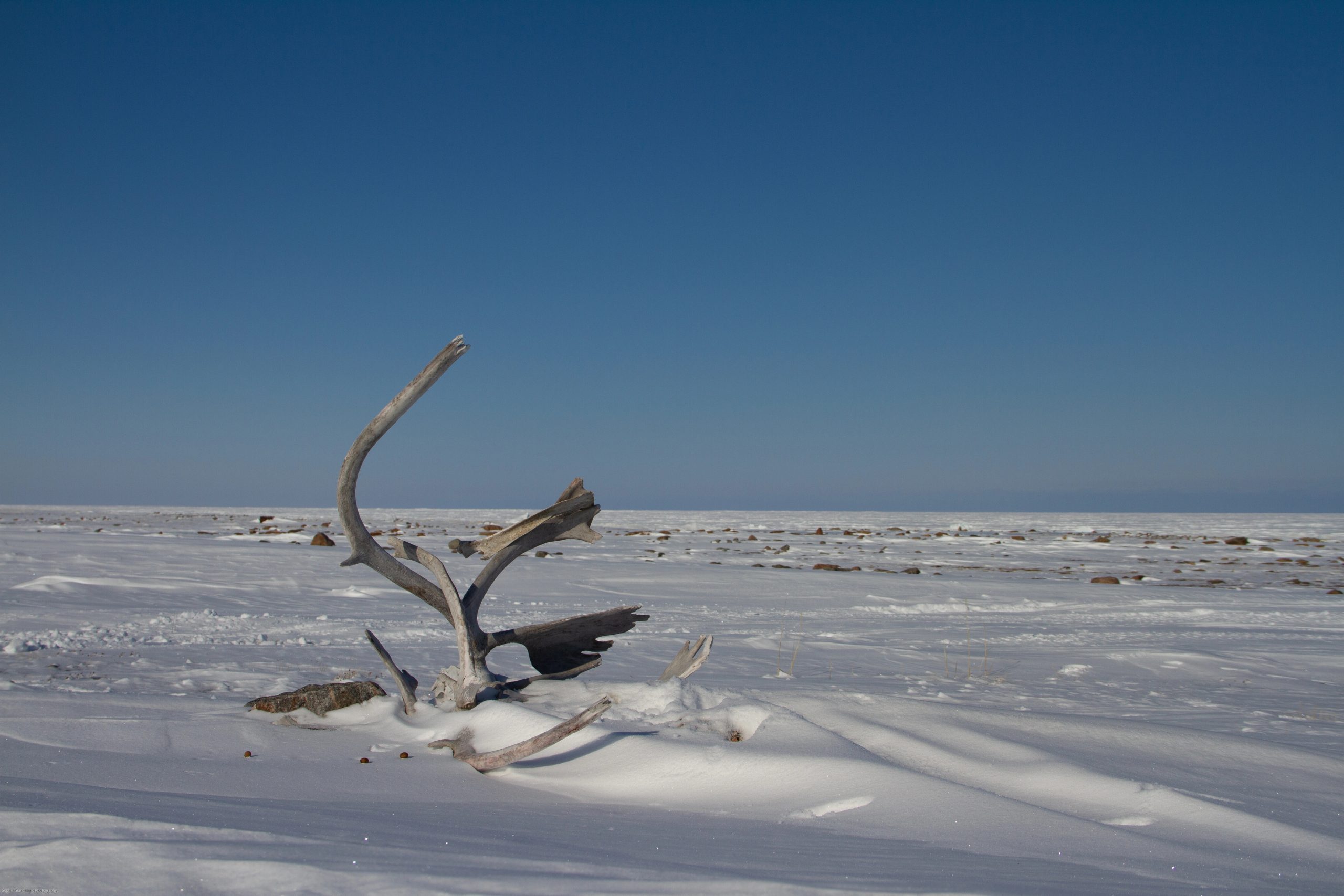
Famous for its polar bears, this town of 900 brave souls requires residents to leave their cars unlocked – not for thieves, so people can jump in quickly if they spot a wandering bear. Winter temperatures drop to -30°C, but that doesn’t stop tourists from coming to see the northern lights.
Local kids learn polar bear safety before they learn their ABCs.
Fort McPherson, Northwest Territories, Canada
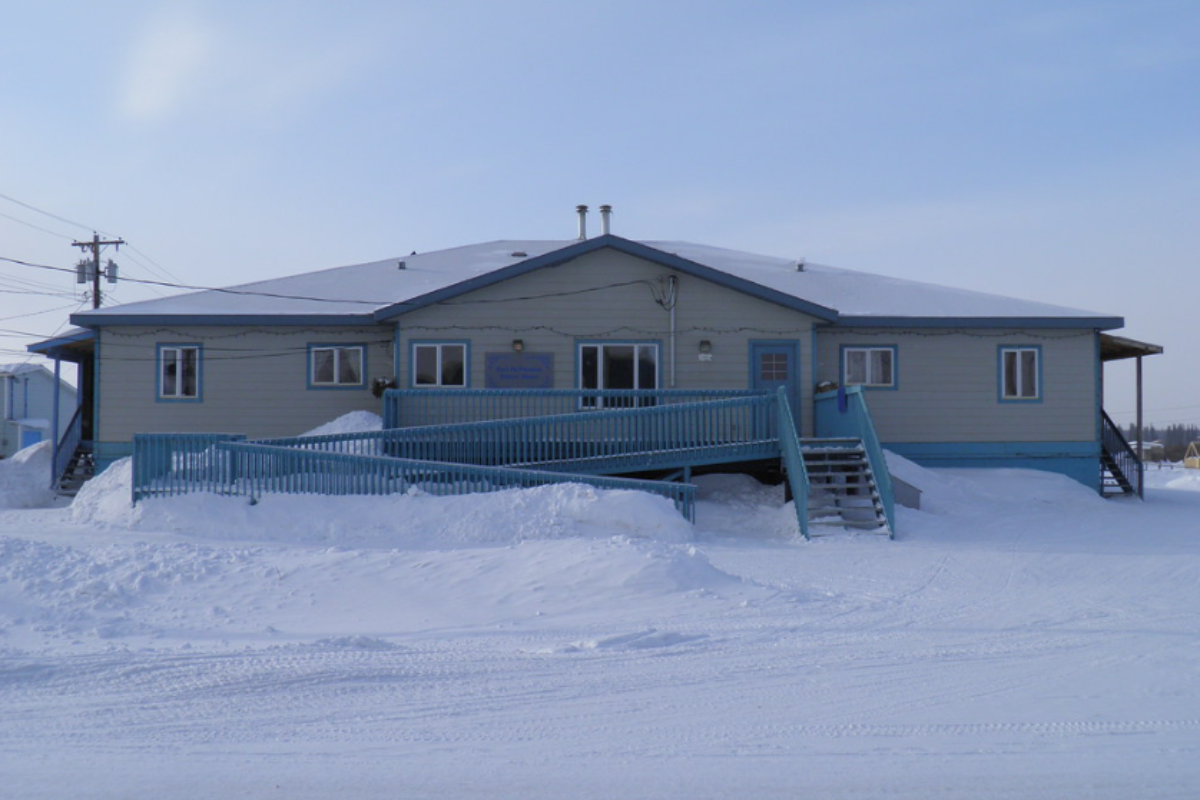
This community of 700 people sits where the temperature can plummet to -45°C. Winter travel between houses often involves snowmobiles, and the local gas station doubles as a community gathering spot.
The school’s recess policy isn’t based on time but on temperature, and students have memorized exactly what readings mean for indoor playtime.
Fort Good Hope, Northwest Territories, Canada
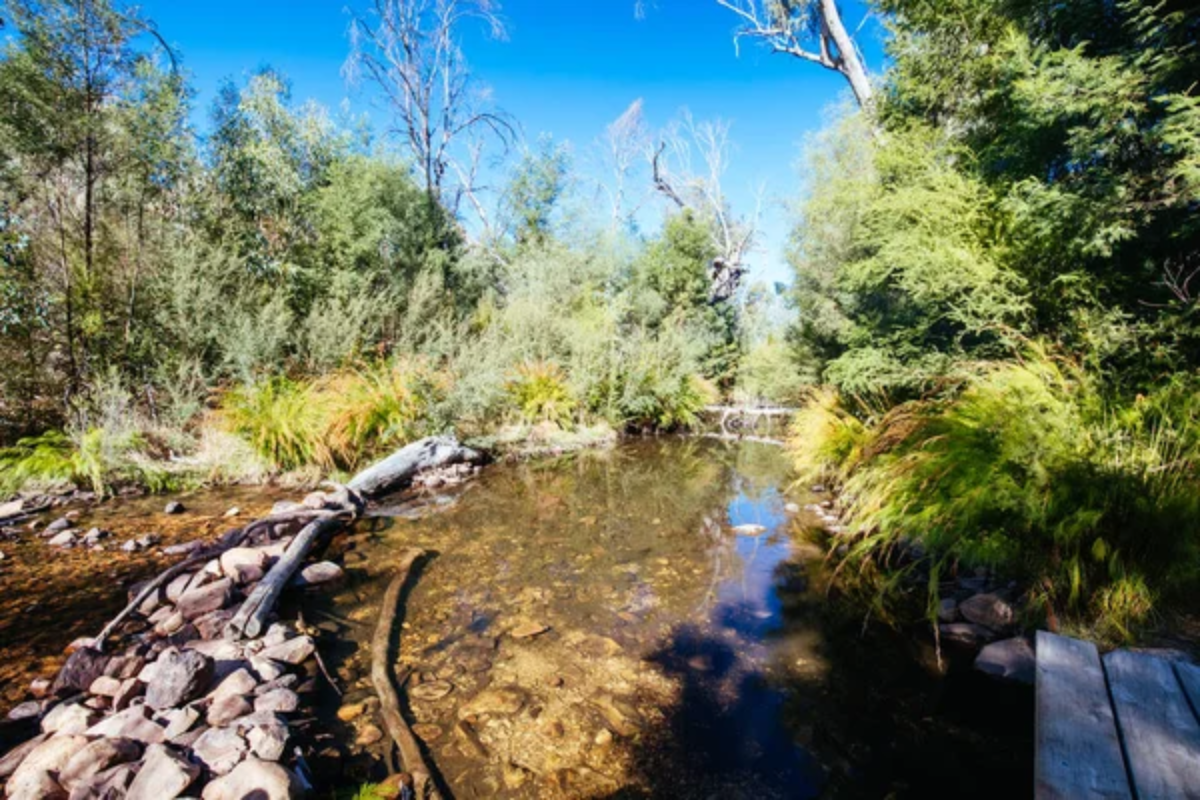
Perched on the banks of the Mackenzie River, this settlement of 500 experiences winter temperatures that make freezers seem warm. The community runs on generator power, and the sound of engines humming is as natural as birds chirping elsewhere.
Local hunters have developed calendars based on animal movements and weather patterns that are more accurate than any smartphone app.
Like Travel Pug’s content? Follow us on MSN.
Cambridge Bay, Nunavut, Canada
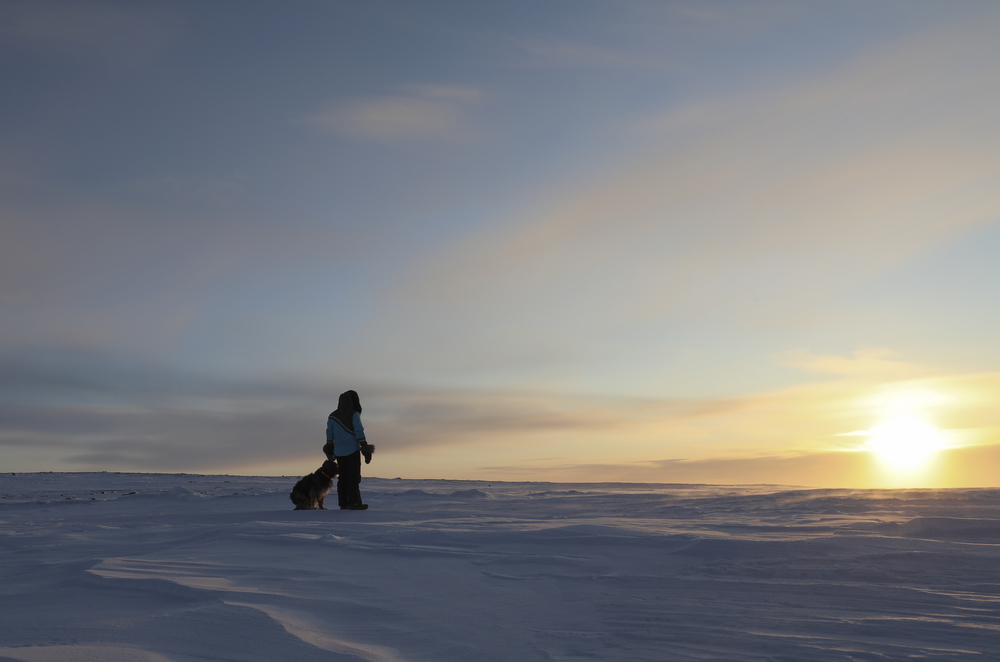
About 1,700 people live in this virtual icebox, where -40°C days are just part of life. The community’s greenhouse project proves that you can grow tomatoes just about anywhere with enough determination.
Local shops stock winter boots that would look like space gear to southern visitors, but here, they’re just practical footwear.
Dawson City, Yukon, Canada
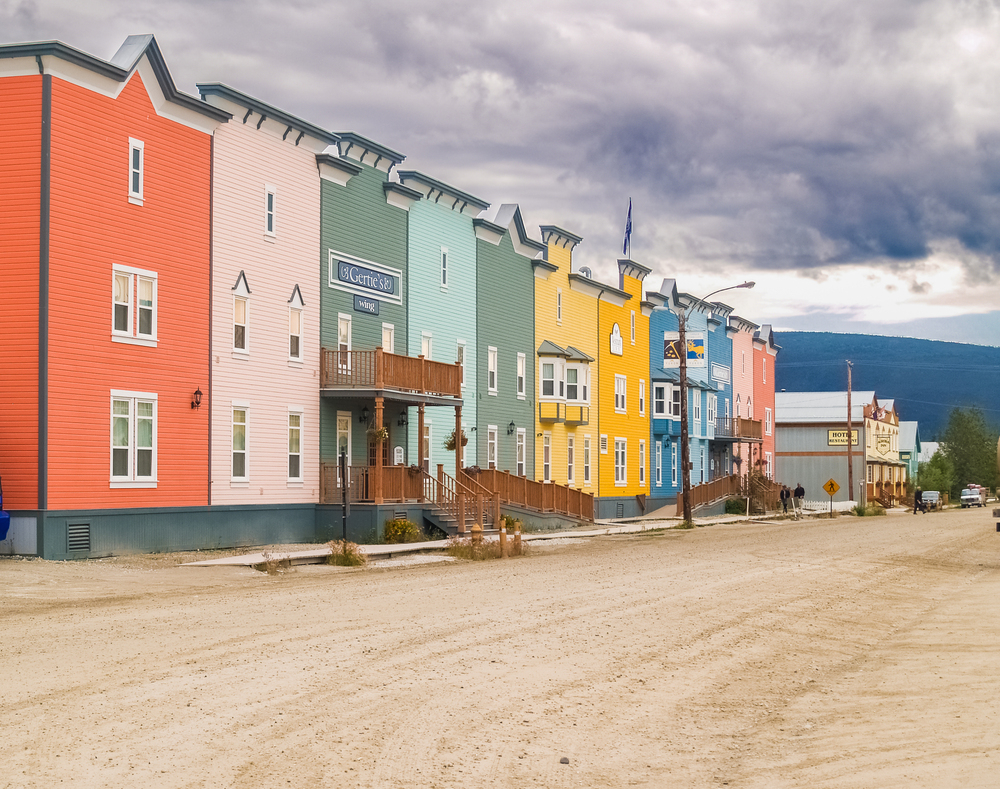
This gold rush town of 1,300 keeps its historical spirit alive even when temperatures hit -40°C. Buildings still sport their frontier-era facades, though now they’re backed by serious insulation. The locals celebrate winter with festivals that would make most people reach for an extra blanket just hearing about them.
Permafrost creates interesting architectural challenges, making some buildings look like they’re doing a permanent dance.
Norman Wells, Northwest Territories, Canada
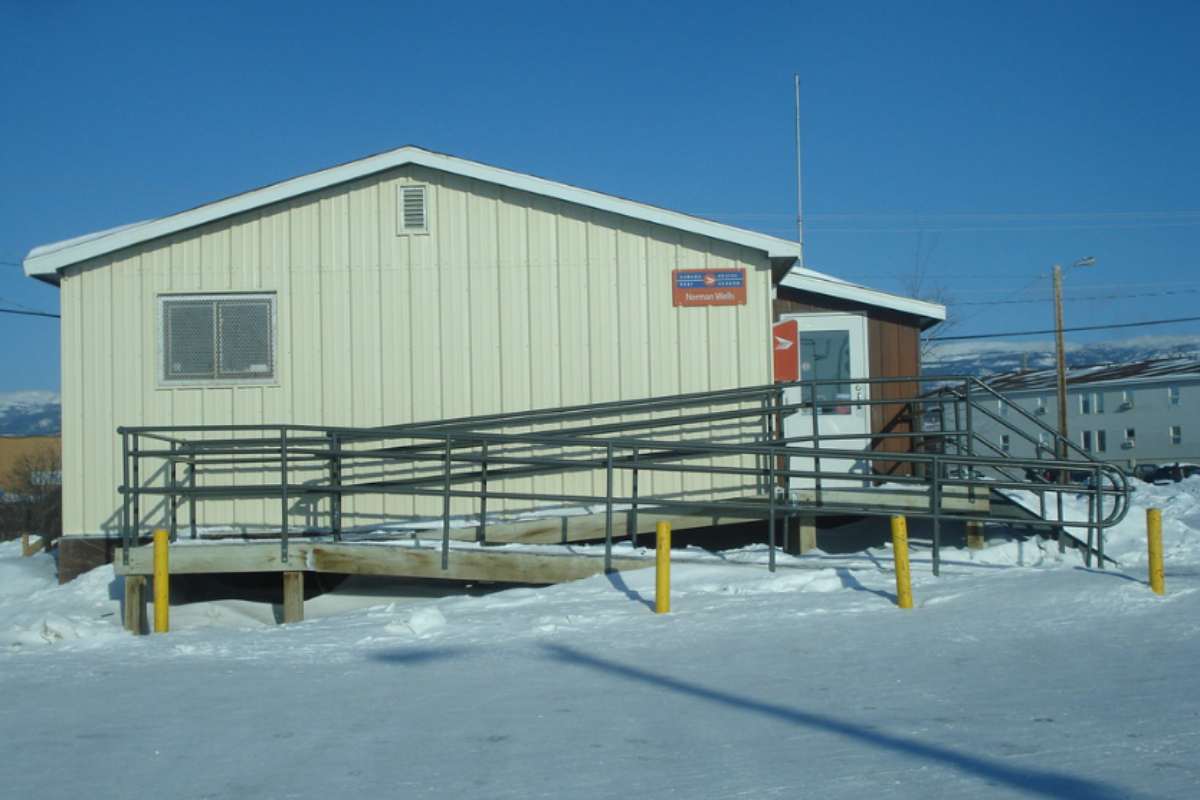
Built around oil production, this town of 700 proves that petroleum isn’t the only thing that flows at -40°C. The community maintains a winter road that’s safer to drive on when it’s colder.
Local pilots have developed weather reading techniques combining modern technology with traditional knowledge
Like Travel Pug’s content? Follow us on MSN.
Hay River, Northwest Territories, Canada
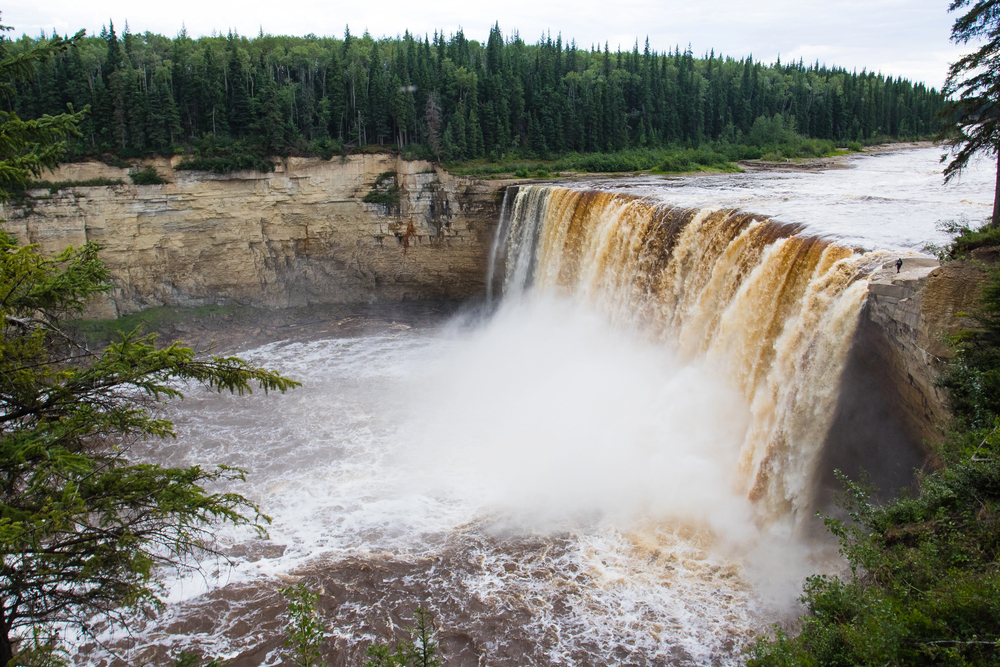
Known as the ‘Hub of the North,’ this town of 3,500 serves as a transportation center even when temperatures drop to -40°C. The harbor might be frozen solid for months, turning it into a different kind of highway.
Winter camping is considered a normal weekend activity here, though southern visitors might question the sanity of sleeping outside in such temperatures.
Arviat, Nunavut, Canada
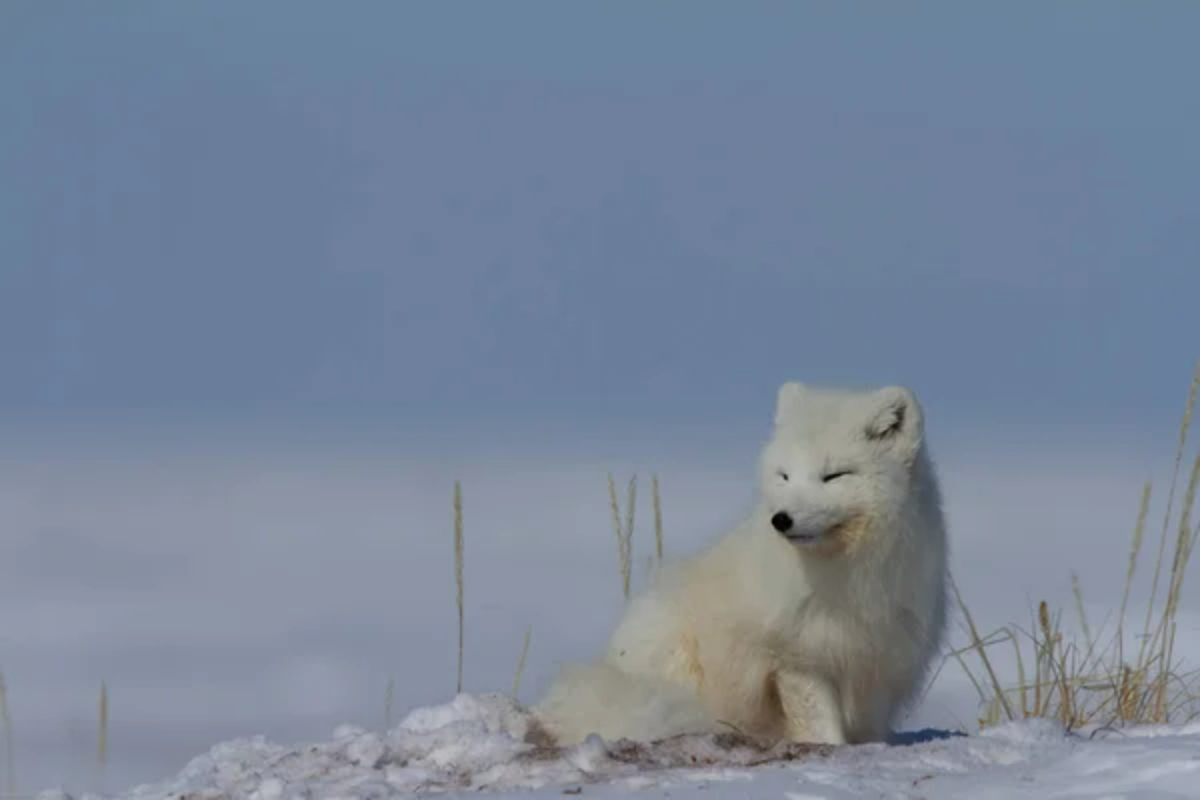
This community of 2,800 people maintains traditional Inuit practices while dealing with modern Arctic challenges. Local hunters still read weather patterns with uncanny accuracy, and the community freezer isn’t essential for half the year.
Children learn to drive snowmobiles while southern kids learn to ride bicycles.
Pond Inlet, Nunavut, Canada
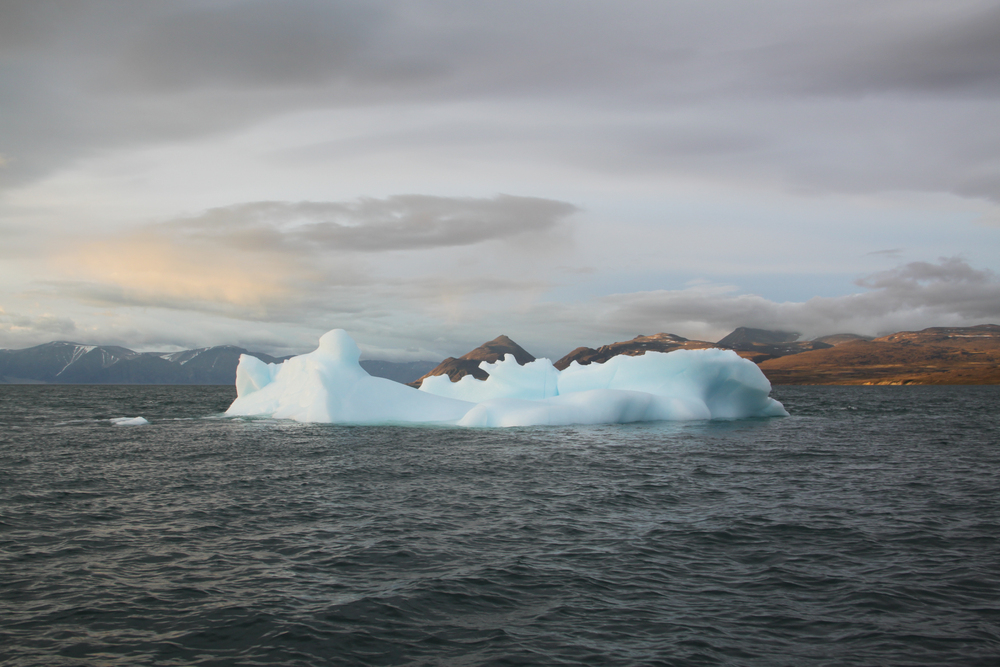
Nestled amid stunning arctic scenery, this town of 1,600 experiences winter temperatures that make ice cream feel warm. The community has developed an impressive indoor recreation program that keeps people active during the darkest months.
Local artists create masterpieces that capture the stark beauty of the landscape, working in studios where the paint sometimes freezes.
Like Travel Pug’s content? Follow us on MSN.
Rankin Inlet, Nunavut, Canada
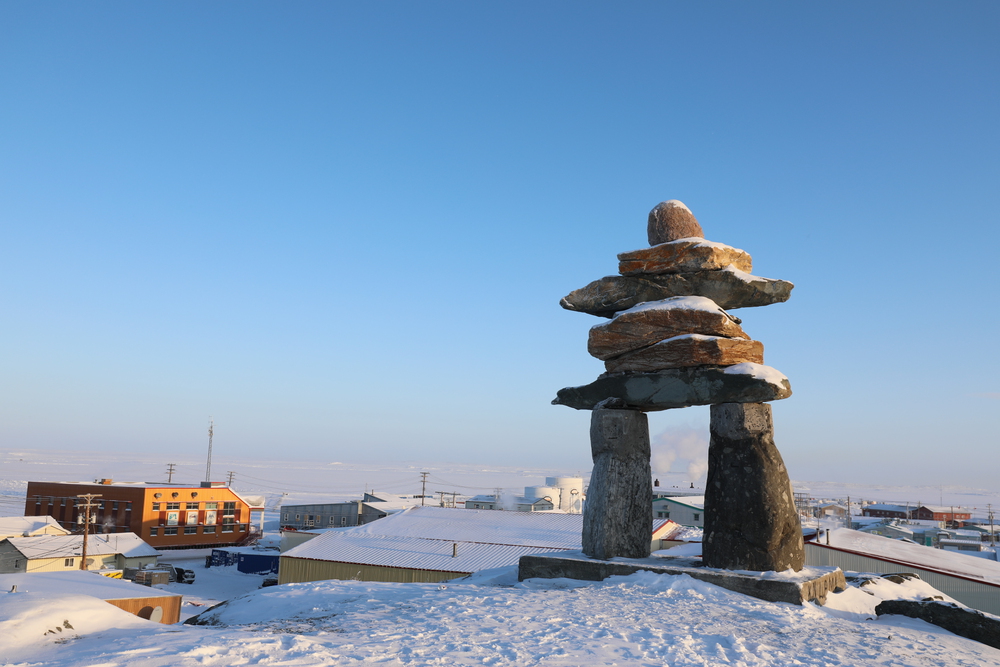
This hub of 3,000 people proves that municipal services can function even at -40°C. The community pool is one of the northernmost in Canada, and keeping it running in winter is an engineering feat.
Local restaurants have perfected the art of quick delivery before food freezes solid on the way to customers’ homes.
Whitehorse, Yukon, Canada
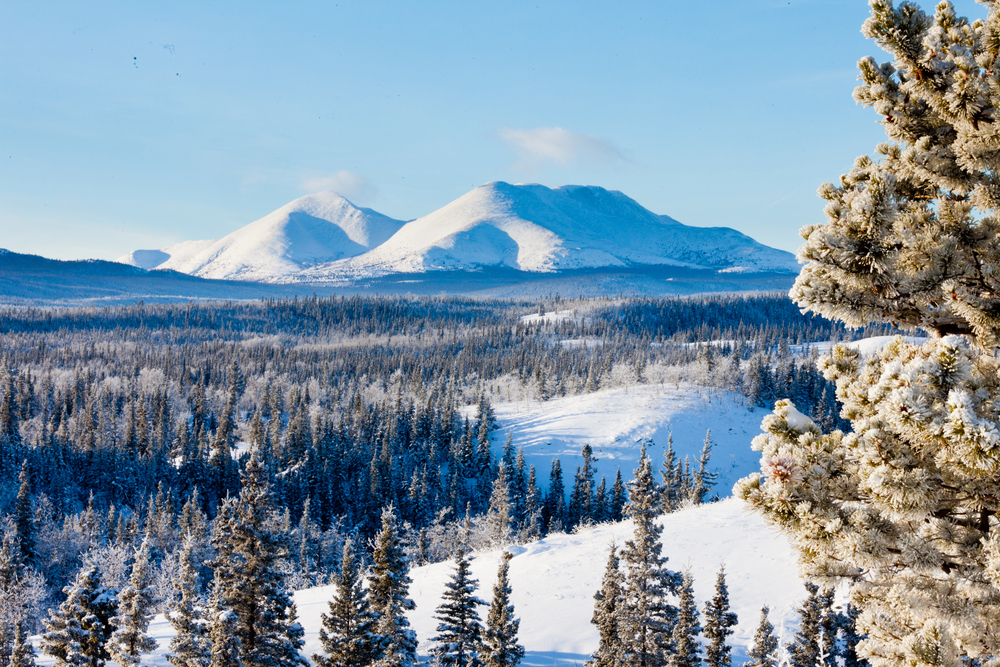
The largest northern Canadian city, with 25,000 residents, shows that urban living is possible even at -30°C. In winter, the city maintains heated bus shelters that feel like tropical oases.
Local coffee shops compete to serve the hottest beverages, though most regulars have mastered the art of drinking through scarves.
Like Travel Pug’s content? Follow us on MSN.
A Legacy of Northern Resilience
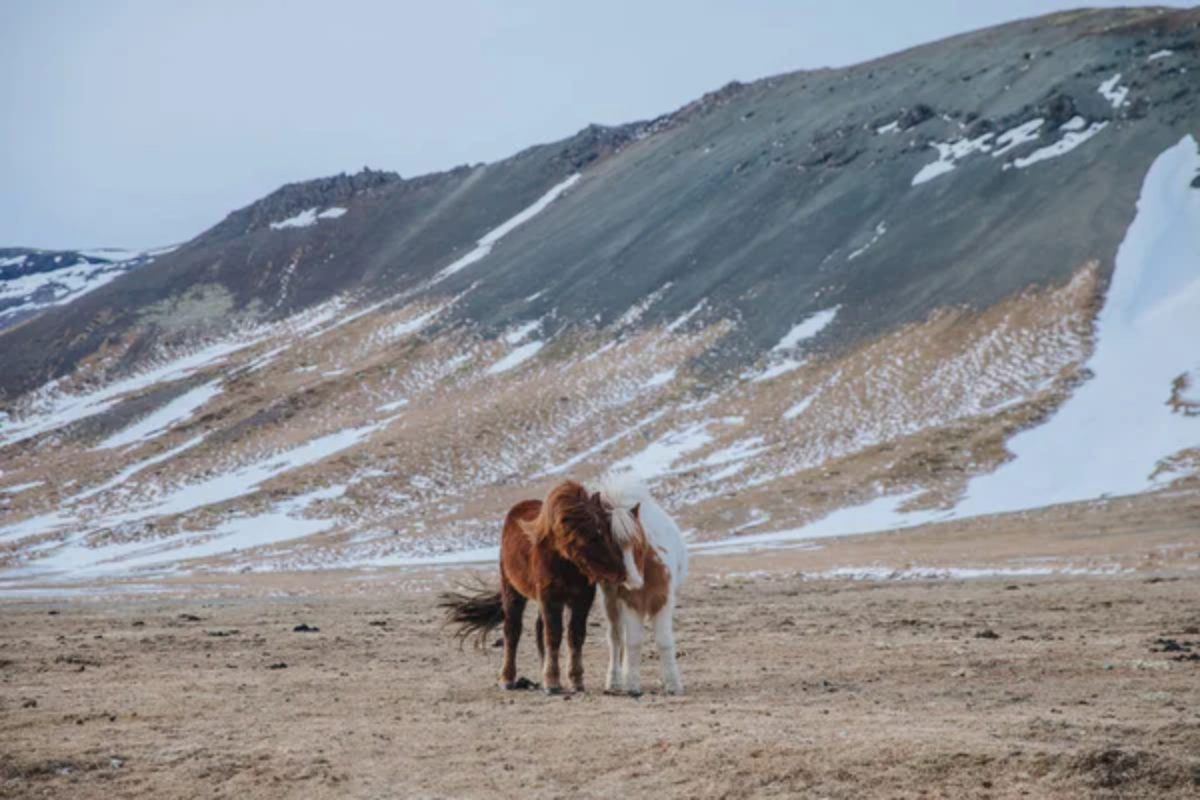
These communities represent more than just points on a map – they’re testimonies to human adaptability and determination. From innovative housing solutions to unique social traditions, each town has written its chapter in the story of northern living. They’ve turned what most would consider uninhabitable conditions into thriving communities.
The townspeople don’t just survive the cold – they’ve mastered it, created communities around it, and even found ways to celebrate it. While the rest of the world might shiver at the thought of their daily temperatures, these hardy northerners simply zip up their parkas and go about their day, proving that home is where the heart is – even if it needs an extra layer of insulation.
More from Travel Pug

- 15 Dangerous European Cities to Avoid
- 15 Caribbean Islands Where Tourists Keep Getting Scammed
- The 20 Most Fascinating Abandoned Places: A Journey Through Time and Forgotten Spaces
- 15 Hidden Places in the Smithsonian Museums Locals Love: A Guide to Lesser-Known Treasures
- 16 Hidden Florida Beach Towns That Aren’t Overrun with Tourists
Like Travel Pug’s content? Follow us on MSN.
